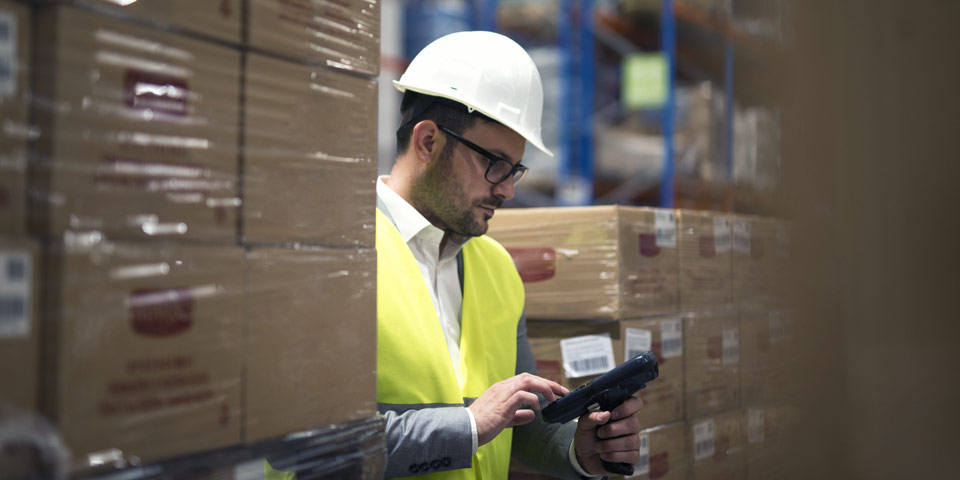How COVID-19 has affected e-commerce supply chain logistics
Latest Articles
September 22, 2020
2020 has systematically disrupted even the most impenetrable supply chains. Initial fears of short-term shock waves have faded and seem insignificant now that a global pandemic has shifted the way the world manufactures, buys, and delivers goods. Covid-19 has caused an exponential interception in global economies and has become the Achilles heel of even the most sustainably developed supply chains internationally. Initial lock-downs provoked consumers to panic buy essential items and necessities. With border closures and airspace restrictions, supplying the demand posed challenges, and re-stocking empty shelves became more tedious. E-commerce platforms saw more indirect repercussions, with many manufacturing plants shutting down production to focus on the delivery of essential goods and consumers becoming more frugal with how they purchase products due to economic uncertainties.
Adapting to complexities has posed to be more challenging than initially predicted. Companies have been forced to quickly mitigate the unforeseen repercussions that have brought unanimous challenges and interrelated issues up and down the supply chain. New regulatory practices had to be quickly enacted to keep employees and customers safe. The health and well-being of citizens internationally became a top priority above all else. The world paused momentarily in solidarity to tackle the ramifications COVID posed on individuals and the overall health of society. Once health and safety regulations were established to limit exposure to the Coronavirus, businesses immediately began redefining operations, managing risks, maximizing returns, and paving a path to commercial and economic recovery.
The aftermath of COVID is still uncertain, but it has left companies facing challenging questions and reevaluating market dynamics and volatility. “What ifs” turned into “when,” and businesses have had to incorporate this into new supply chain structures and factor in expecting the unexpected. Companies perhaps got too comfortable pre-COVID, but a global pandemic came in and demonstrated that companies need to be agile enough to recalibrate an achievable strategy and adapt to an emerging crisis at a moment’s notice. Companies must also reevaluate consumer buying tendencies and expect their operational models to be challenged.
One thing is certain, COVID has illuminated the vulnerability in supply chain markets, which will only force them to adapt and find resilience.
In Conclusion
Companies need to establish an effective supply chain response that accounts for the inevitable risks associated with a large-scale crisis. The unforeseen repercussions COVID has caused long-term have created complex challenges companies will face for many quarters to come. However, as with any challenge comes new established solutions, and there are strategies that companies can effectively utilize to prepare for unforeseen obstacles ahead of time.
Stay current and informed on suppliers.
Establish well-connected relationships before a crisis hits. Know all up-stream suppliers in regions and areas close to yours. All geographical areas are susceptible to unexpected pandemics or natural disasters. Plan ahead of time. Operations may be flowing seamlessly, but that can change in an instant. Developing relationships with alternative suppliers will keep your supply chain adaptable and volatile.
Map your strengths and weaknesses.
Every business has the opportunity to enhance operations. New insights and developments are frequently released and can be used to strengthen business practices. Create an emergency business progression plan. Have multiple backup plans mapped for transportation, shipping, allocating, and manufacturing resources. Entrust a cash-flow reserve as well if applicable. A three-month emergency reserve is ideal for keeping operations running during economic uncertainties.
Protect your employees!
Protecting employees is paramount. With social distancing becoming a new way of life, create alternative business performance plans. Stay up to date with current information and pass this on to your employees. Make sure employees are informed of all recommended safety precautions and guidelines. Send out newsletters, follow up on their well being. Implement work from home strategies when available to put the safety of employees as a priority and continue business operations cautiously.
Companies’ long-term success will be credited to those who planned ahead of time and put the safety of global citizens first. Protect your customers, your employees, and your business. Map out these initiatives, always hope for the best but prepare for unforeseen obstacles in advance. You can never be too prepared!






